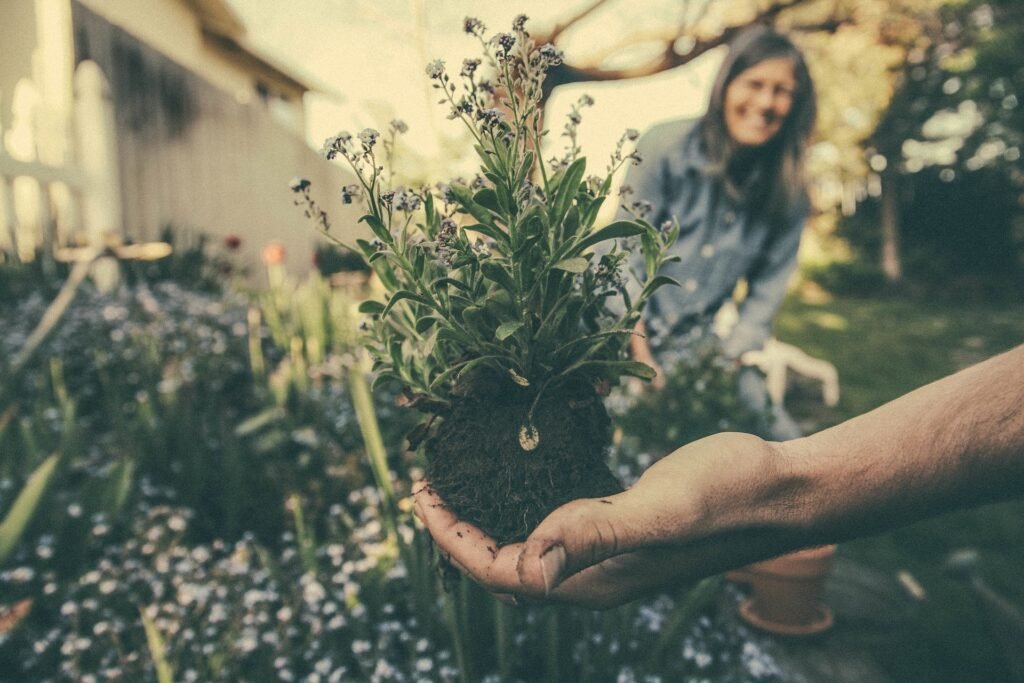Depuis plusieurs années des écrivain.e.s et des philosophes féministes, ont fait apparaître la nécessité et l’urgence de repenser l’horizon des relations entre l’humain, l’animal, le vivant, au-delà de l’anthropocentrisme et des hiérarchies humain-non humain. Si le terme écoféministe a commencé à circuler depuis les années 70 (inventé par Françoise D’Eaubonne en 1974), les philosophes de la natureculture (Haraway) du genre et du care (C. Gilligan, J. Tronto, Val Plumwood) y ont apporté d’autre dimensions, celles du souci, de la responsabilité, de la réparation. Ainsi la science des systèmes vivants (écologie) ne peut ignorer des nouvelles logiques relationnelles (C. Larrère). De telle sorte s’ouvre une vaste réflexion sur un ensemble interdisciplinaire qui relie éthiques du care, féminisme et éthique environnementale, économie et écologie. Ces innombrables réflexions attirent aussi l’attention à la fois sur les relations et les interactions mais aussi sur les dominations croisées.
Il s’agira de retracer les trajectoires de pensée de l’écoféminisme, des « savoirs écologiques situés » qui visent des « humanités écologiques » et se rapportent à une nouvelle écologie selon laquelle « l’unité de survie » n’est pas constituée par l’individu ou l’espèce, mais par l’organisme et son environnement. Ces savoirs sont engendrés par des corps vivants dans des lieux et contextes non seulement historiques mais aussi socio-économiques, dans une perspective de race et de genre.
A travers la lecture et l’analyse d’une série de textes (poésie, fiction littéraire, essai), la définition d’« écologie du récit » sera évoquée. Nous ferons référence à l’importance d’être à l’écoute du Vivant, créateur de « contes génératifs » et de lieux de l’imaginaire qui peuvent nous amener à une compréhension renouvelée du monde.
On ouvrira l’analyse sur ce qu’on définira comme « une alliance de parole entre espèces compagnes » (D. Haraway): dans une correspondance véritable entre les « conteurs » et à travers les chants rituels interactionnels (les rapports aux non-humains).
Mode de validation : une fiche de lecture et une disseration finale.
English translation:
For several years, feminist writers and philosophers have expressed the need and urgency to rethink the horizon of relationships between humans, animals and living things, beyond anthropocentrism and hierarchies between human and non-human. Even if the term ecofeminist began to circulate since the 70s (invented by Françoise D’Eaubonne in 1974), the philosophers of natureculture (Haraway) of gender and care (C. Gilligan, J. Tronto, Val Plumwood) have brought up other dimensions, those of concern, responsibility, reparation. Thus the science of living systems (ecology) cannot ignore new relational logics (C. Larrère). In this way, a vast reflection opens up on an interdisciplinary ensemble that links the ethics of care, feminism and environmental ethics, economics and ecology. These innumerable reflections also draw attention to both relationships and interactions, but also to cross-dominations.
It will be a question of retracing the thought trajectories of ecofeminism, of “situated ecological knowledge” which aims at “ecological humanities” and relates to a new ecology according to which “the unit of survival” is not constituted by the individual or the species, but by the organism and its environment. This knowledge is generated by living bodies in places and contexts not only historical but also socio-economic, from a race and gender perspective.
Through the reading and analysis of a series of texts (poetry, literary fiction, essay), the definition of “ecology of narrative” will be evoked. We will refer to the importance of listening to the Living, creator of “generative tales” and places of the imagination that can lead us to a renewed understanding of the world.
We will open the analysis on what we will define as “an alliance of speech between companion species” (D. Haraway): in a true correspondence between the “storytellers” and through the interactional ritual songs (the relationships with non-humans).
Method of evaluation: a reading sheet and a final assignment (adapted to online students)

